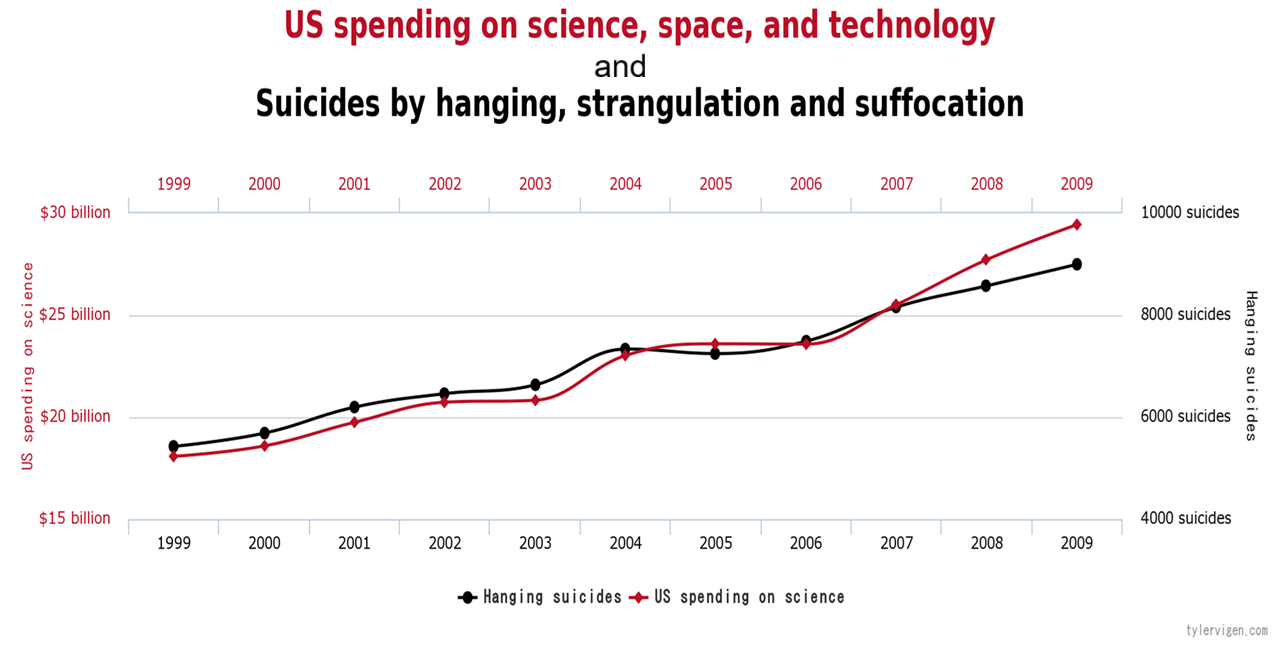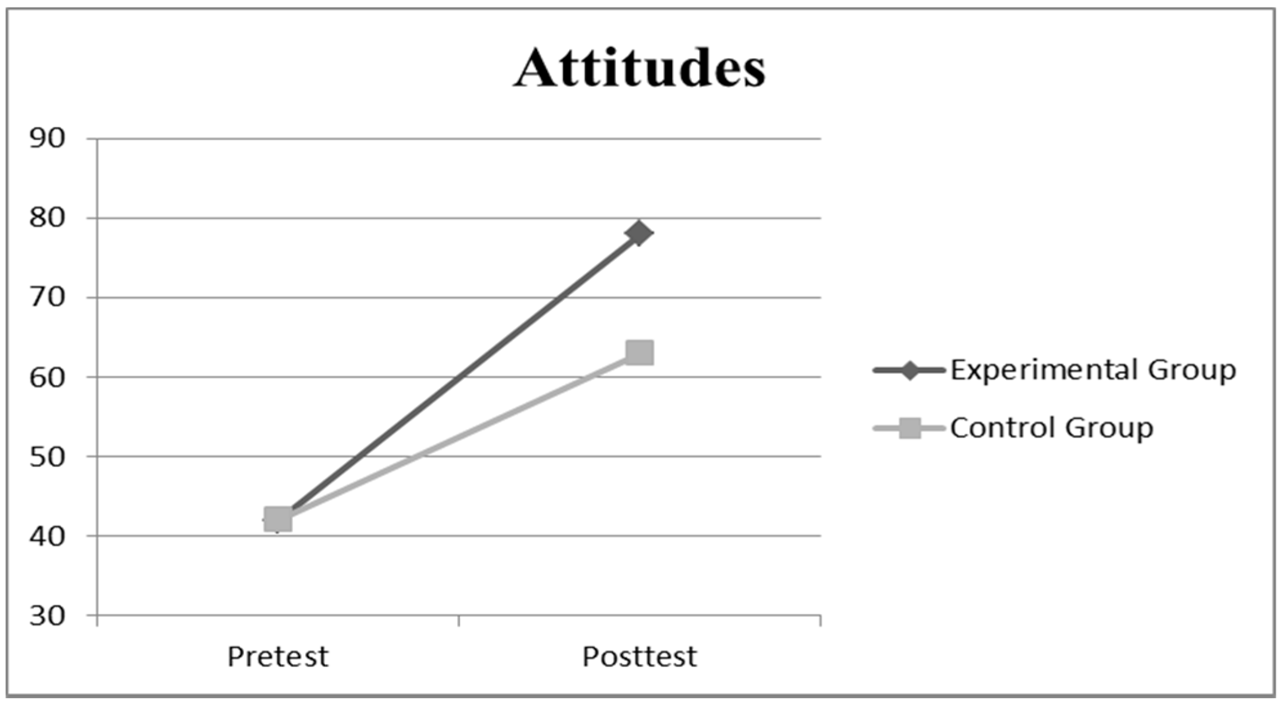This is is a single occurrence, realization, or instance of the objects or entities being studied.
Case OR element
Identify which this image depicts, correlation or causality.

Correlation
These are comprehensive and in-depth qualitative studies of contemporary, real-life events.
Case studies
This type of interview is fixed-item, pre-categorized responses asking identical questions to each respondent.
Structured
According to Thomas Kuhn, __________ is defined as paradigms of knowledge that are rarely questioned, though anomalies in the research may still occur.
Normal science
This refers to all of the units of analysis to which a hypothesis applies.
Population
This is measure of how much two “random” variables vary together.
Covariance
This is a crucial practice in qualitative research that describes the phenomena and the context in as much detail as possible
Rich or thick description
For this type of interview, the researcher uses the interview instrument to organize and guide the interview, which can include additional probing questions as needed.
Semi-structured
This type of variable is thought to be caused, to depend upon, or to be a function of an independent variable.
Dependent OR outcome variable
This is a term that described the manner in which a collected data sample is reflective of the (full) target population, or at least the sampling frame.
Representativeness
With the image as an example, this is the portion of an outcome change that can be attributed uniquely to a program.

Experimental effect
This is kind of case study aims to describe, explain, or interpret a singular historical event with no intention of generalizing beyond the given case.
Idiographic
In accordance with federal regulations, universities and other research organizations require faculty and students to submit to this administrative committee (for review) for research involving human subjects.
Institutional review board, aka IRB
Kuhn defines the replacement of an old paradigm with a new one (aka a paradigm shift) as this.
Scientific revolution
In scientific research, this term explains the making supportable conjectures about the unknown characteristics of a population based on sample statistics.
Statistical inference
Broadly, this is a plan that shows how a researcher intends to study an empirical question.
Research design
This is the outcome that would have occurred if something different had happened - claims about an event that did not actually occur.
Counterfactual
This is the principle that researchers must obtain the freely given consent of human subjects before they participate in a research project.
Informed consent
This type of variable is a phenomenon that will help explain political characteristics or behavior.
Independent OR explanatory variable
When a sample is not sufficiently reflective of the target population or sampling frame, for example, when respondents self-select into a survey, researchers can employ this statistical technique to compensate.
Weighting
Considered "the gold standard" in research, this type of research design uses random assignment to the treatment and control groups, which will, in theory, provide for identical groups according to key attributes.
Randomized Control Trial (aka RCT)
This critical attribute of qualitative research involves the utilization of multiple datasets, methods, theories, and/or investigators to address a research question; as well, it is a research strategy that can help you enhance the validity and credibility of the findings.
Triangulation
This is a type of field study in which the researcher is deeply immersed in the place and lives of the people being studied.
Ethnography
This type of data sample is achieved with each element has an equal chance of being selected, which can be as elementary as drawing names out of a hat.
(Simple) random sample